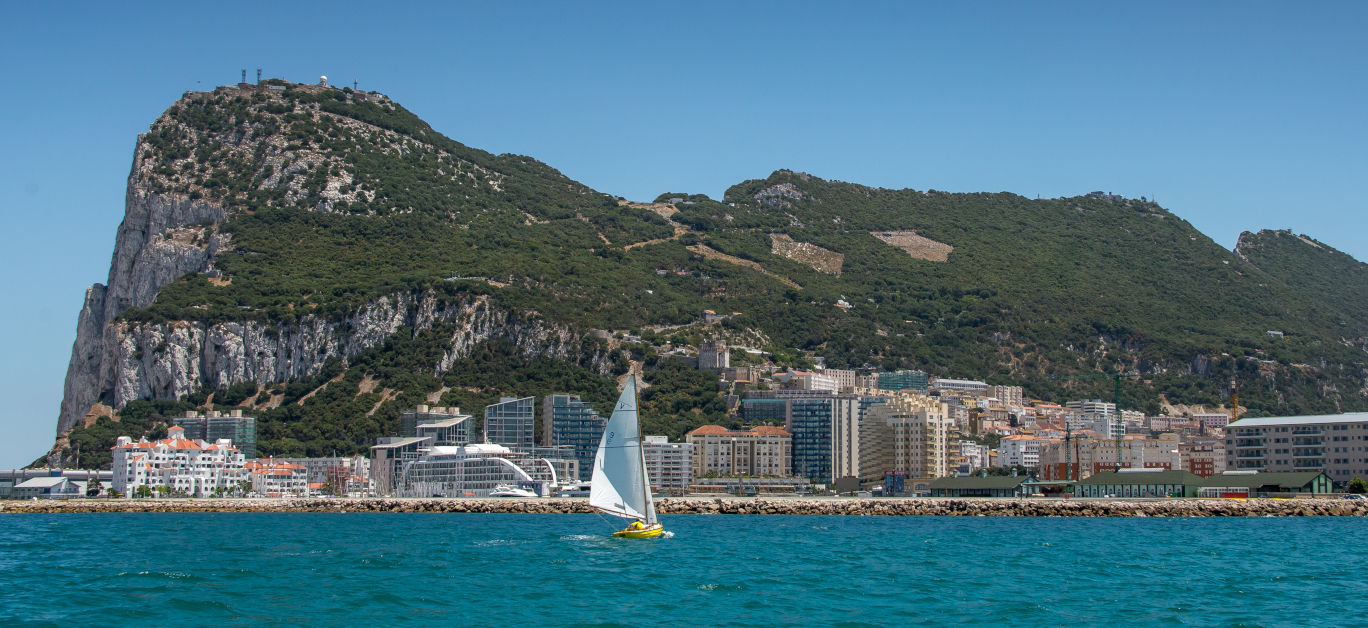At the southernmost tip of the Iberian Peninsula, where Africa meets Europe, lies the captivating peninsular of Gibraltar. Magnificent scenery, rich architecture and enchanting wildlife capture the essence of the Mediterranean, but at the same time retaining that warm and comforting homecoming feel. Temperatures can creep above 30 centigrade in summer and, with an average of 300 days sunshine a year, Gibraltar’s subtropical North African sun and fascinating history ensures that the number of visitors continues to increase each year.
Gibraltar remains a strategically important military and naval base and has been ruled by many since early Arab occupation. Spanish forces governed from the beginning of the fourteenth century until 1333 when the Moors retained control. In 1462 the peninsula was recaptured by Spain until Admiral George Rooke took control in 1704.
Gibraltar has continued to play a prominent role in times of conflict. Spanish and French forces besieged the peninsular during the American War of Independence and it is also recorded that Admiral Nelson’s fleet was based in Gibraltar. Following the victory of Trafalgar in 1805, his body, preserved in a barrel of rum, was brought to Gibraltar. And of course it is widely known that Gibraltar played a pivotal role during the Second World War.
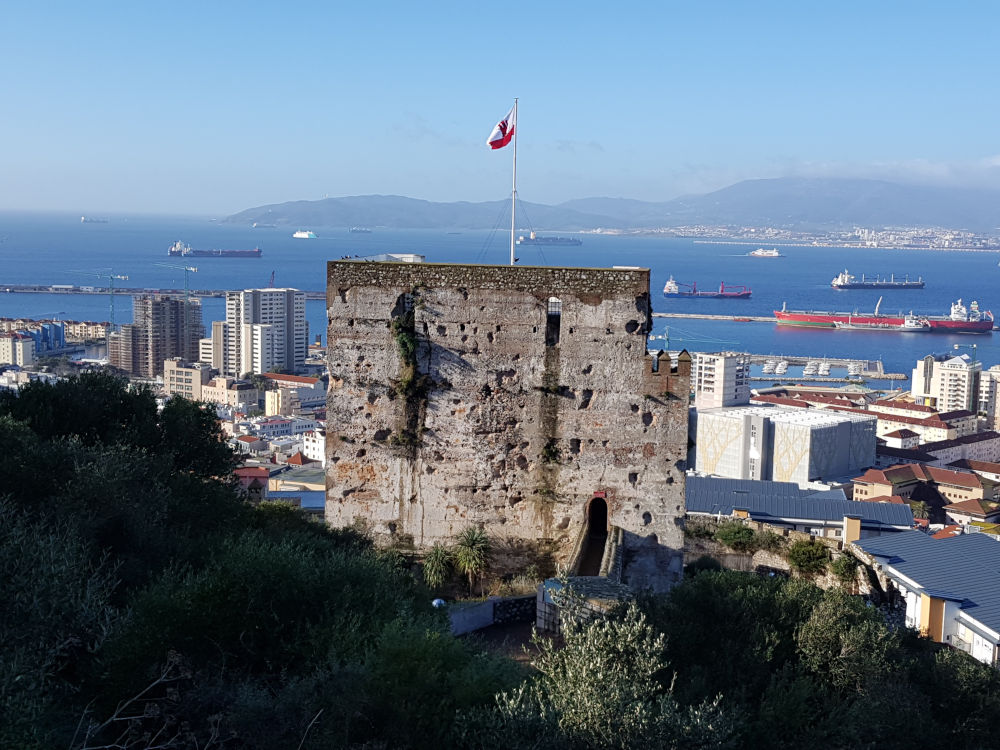
Today, Gibraltar offers visitors a tantalising glimpse into this intriguing history and there is the opportunity to witness the splendour of ceremonial events including the Changing of the Guard and the Ceremony of the Keys, which are still performed with precision as they were in past centuries.
Keen to know more of the struggles for power, I visited the imposing Moorish Castle, admired the beautiful Spanish architecture at the Cathedral of St Mary the Crowned and wandered around the tranquil gardens surrounding the Trafalgar Cemetery.
Although Gibraltar is a small peninsular there is plenty to see and do. For those of us who love to shop, Gibraltar is a VAT free zone and Main Street, which runs the length of the town centre, is crammed with shops enticing the most reluctant of shoppers. Many of the little shops located in the lanes and narrow alleys are simply charming and display vast selections of jewellery with both precious and semi-precious stones, pieces of exquisite porcelain and fine glassware, leather goods, perfumes, silks and cashmere.
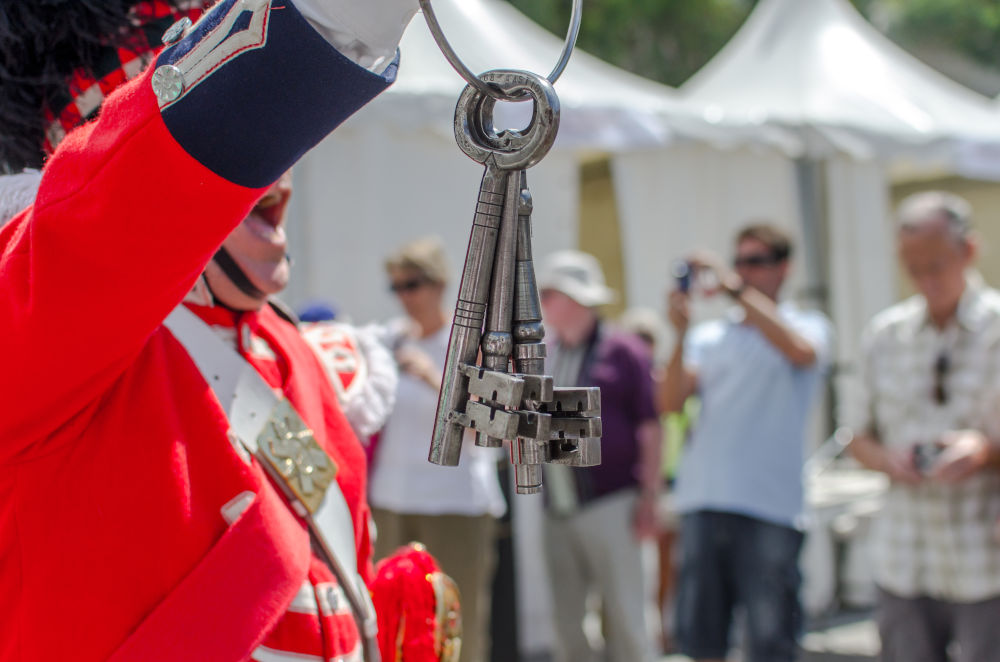
The crystal factory is well worth a visit and I was mesmerised by the master glass blowers crafting molten glass into beautiful products, which make unique gifts. For those seeking a special dining experience, Gibraltar’s inhabitants and visitors can be seen dining Mediterranean style. Al fresco restaurants include French, Indian, Italian, English, Moroccan, Spanish, Peking and Szechwan. There are also some lively pubs offering excellent menus and great entertainment.
A quick-paced walk around Casemates Square (once the location for public executions) will work off those calories! These days the square is also crammed with al fresco bars and cafés providing the perfect spot to watch the locals and visitors strolling sedately by.
And for those who also love a long leisurely afternoon stroll after a generous lunch, discover the wealth of plant life exhibited in the Botanical Gardens. I was entranced by the palms and jacaranda, clematis, bougainvillaea, honeysuckle and geraniums and I couldn’t fail to notice the scent of lavender and jasmine hanging on the breeze.
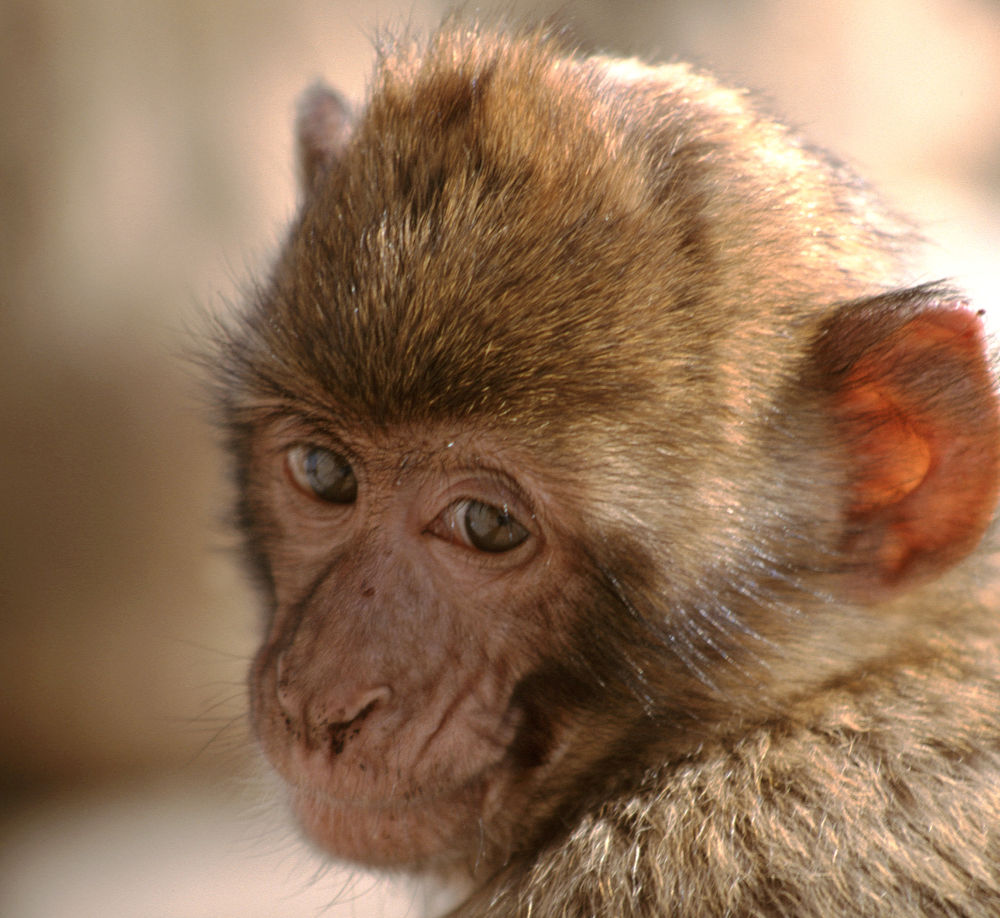
For those drawn to something more strenuous, local activities include sailing, diving and fishing. Bird watching is another popular pastime and of course a trip to visit the Barbary Apes, at the top of ‘the rock’ cannot be missed. The Barbary Apes are the only wild primates in Europe and legend has it that if the apes leave then Gibraltar will cease to be British. This does not cause concern, as it is quite clear that they are very well looked after!
Gibraltar holds many surprises for visitors; there are four spacious sandy beaches to choose from. Eastern Beach, Sandy Beach, Western Beach and the charming picturesque and sedate Catalan Bay (which was settled by Genoese fishermen in the 18th century) are highly recommended. For those of us who love to sail, Gibraltar’s marine life is very impressive. You may well encounter turtles, dolphins and even the Blue Whale, which is known to migrate to the area.
For bird watchers, a visit to the Upper Rock Nature Reserve is a real treat. The Rock is a staging post for an extensive array of species including eagles, vultures and buzzards and residents include the Blue Rock Thrush, Peregrine Falcon and the Barbary Partridge.
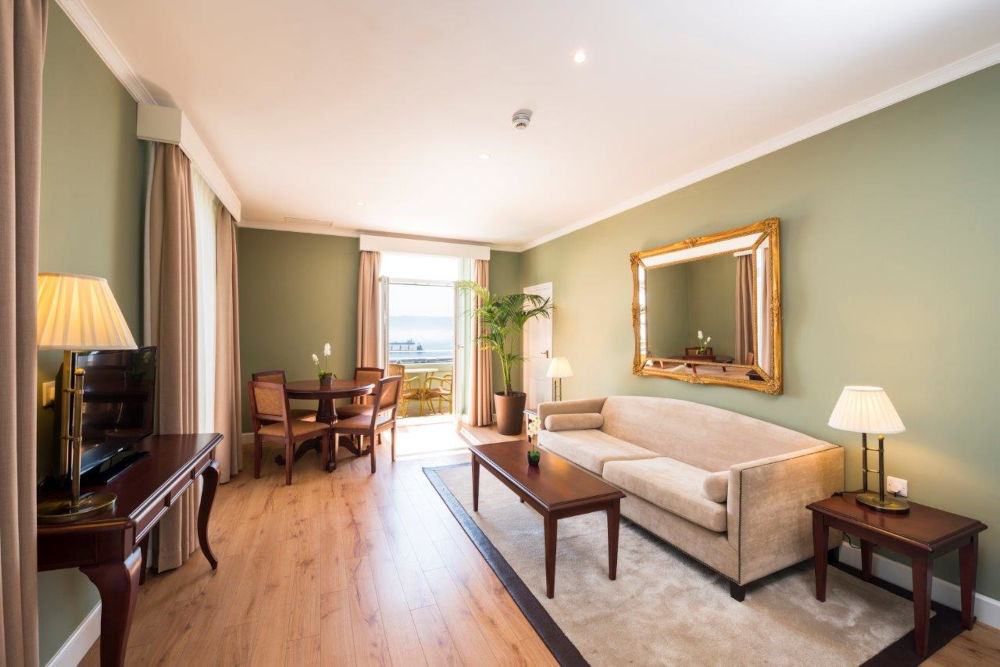
Choosing a place to stay is always a dilemma, but I was most fortunate to secure a gorgeous suite at the Rock Hotel. The hotel, (recipient of four of the highly regarded AA stars), was built by the Marquis of Bute in 1932 and well-known guests include Winston Churchill. The hotel presents a rich colonial style décor and provides an excellent level of comfort and service, which makes for a perfect retreat. The views across the Bay of Gibraltar, the Spanish mainland and the Rif Mountains of Morocco are quite simply breath-taking.
The hotel also holds two RAC dining awards as well as the RAC White Ribbon. The restaurant is, of course, very popular with locals and visitors alike and offers an extensive menu with British, Iberian and Moorish dishes served in relaxed surroundings.
After indulging in one too many courses, I took a dip in the open-air seawater pool, which is in a secluded spot within a lush tranquil garden. This activity was followed by a few cocktails and then a long leisurely snooze!
Visit Gibraltar, and experience a little piece of England on the Mediterranean.
Factbox
Flights from Heathrow to Gibraltar take approximately two hours and 50 minutes.
For more information on the featured accommodation visit rockhotelgibraltar.com and to learn more about what Gibraltar has to offer go to visitgibraltar.gi.
Images courtesy of the Gibraltar Tourist Board.












